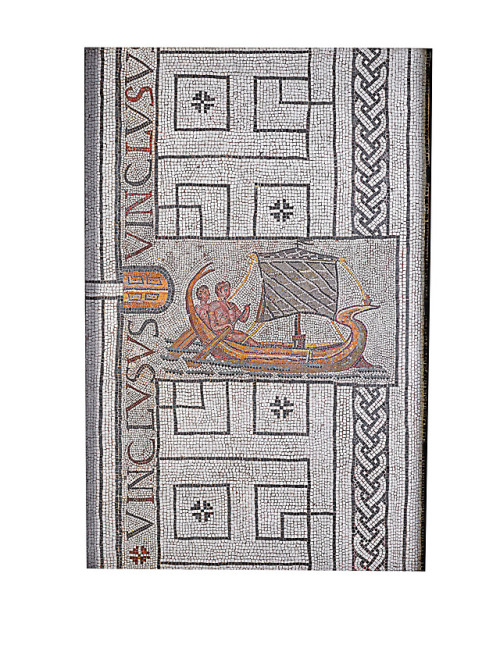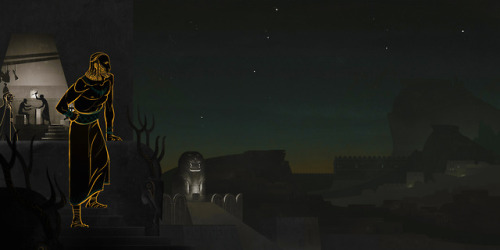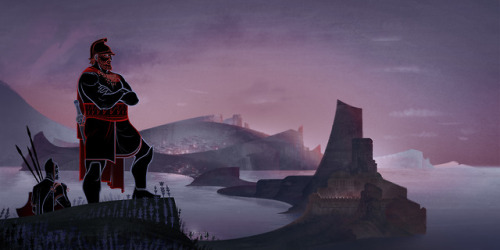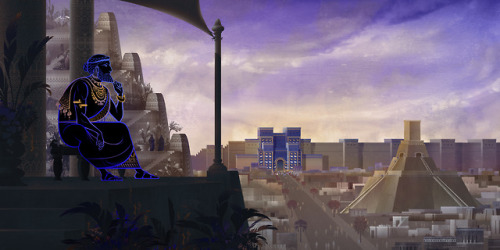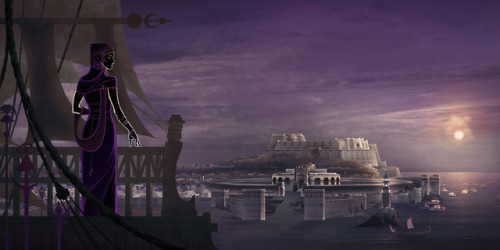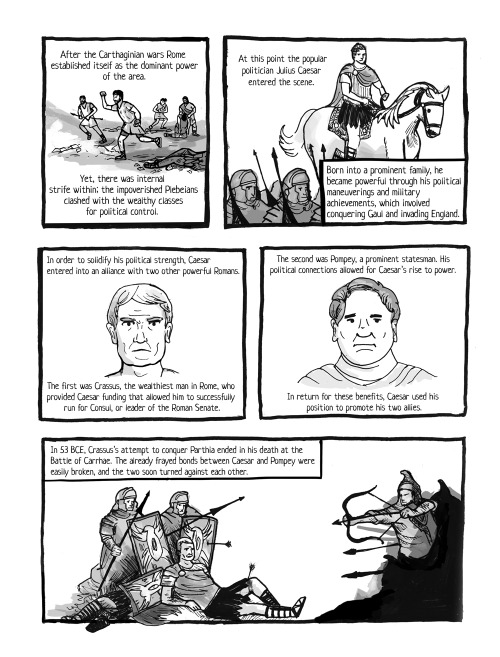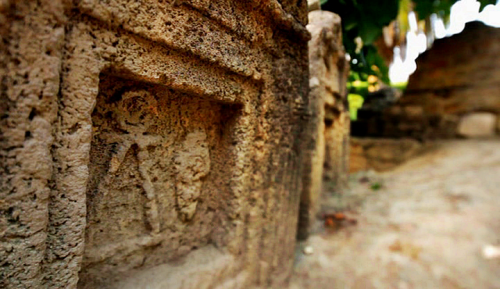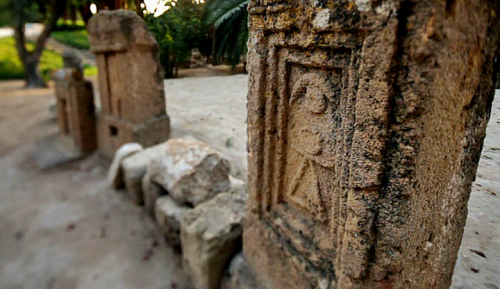#carthage
THESEUS ESCAPES THE LABYRINTH
c.200-250 AD
Tunisia, Zeugitana, Carthage
https://www.penn.museum/collections/object/340922
Post link

Scipio Africanus Freeing Massiva

The Death of Paulus Aemilius at the Battle of Cannae
Lake Michigan summer vibes.
#latergram #kenosha #ktown #wisconsin #lakemichigan #carthage #cciw #midwest #midwestlife (at Carthage College)
Post link
I can’t even DEAL right now with these Dido/Aeneas shippers!!!
Don’t you know that by shipping a Carthaginian queen with the literal father of the Roman people is erasing the violence and oppression against the Carthaginians and the genocide committed by the Romans???? By squeeing over Dido and Aeneas you are EXACTLY like Scipio Aemilianus who burnt Carthage for seventeen days.
Every time some Roman fangirl makes a Dido/Aeneas fanwork, Carthage BURNS AGAIN.
Not to mention how abusive the ship is? Aeneas canonically betrays Dido and abandons her!!
The only shipping that should be taking place is shipping these Romans out of Africa
I know right??? SO glad to find someone who agrees with me in a sea of Carthage erasure and genocide apologism. The Dido/Aeneas shippers already feel smug because they were validated by that bastion of Roman imperialism, Vergil.
I can’t even DEAL right now with these Dido/Aeneas shippers!!!
Don’t you know that by shipping a Carthaginian queen with the literal father of the Roman people is erasing the violence and oppression against the Carthaginians and the genocide committed by the Romans???? By squeeing over Dido and Aeneas you are EXACTLY like Scipio Aemilianus who burnt Carthage for seventeen days.
Every time some Roman fangirl makes a Dido/Aeneas fanwork, Carthage BURNS AGAIN.
Finally finished this whole set and took the opportunity to revamp the older ones.
It’s been fun.
Prints can be found here.
https://oscarcaselart.tumblr.com/
Post link


Pendants in the shape of rams’ heads
Punic, 5th-4th century BCE
Miniature glass pendants in a large variety of colors and shapes can be found all over the Mediterranean world and were probably produced in several glassmaking centers, including Carthage, Iran, and Syria. These objects were distributed through the expansive, widespread trade routes established by the Phoenicians. Rams were considered fertility symbols, and this pendant likely also had a protective function and was intended to ward off evil.
The Walters Art Museum

National security adviser ‘Cato the Older’ listens during a colloquium at the Senate; a detail of his notes, right, on Marsday. (AG Photo/ Publius Scipio Nasica)
'Ceterum censeo Venezuelam esse delendam’
Some pages from Chapter 4 detailing the rise and fall of the Roman Republic. If you’re interested in learning more, Dan Carlin’s Hardcore History had an excellent podcast series awhile back called Death Throes of the Republic on this topic.
The paperback version of Part 1 is almost finalized and will soon be up on Amazon! If you’re interested, I’ll be updating this Tumblr soon with more details. As always, the ebook version is available on Gumroad, currently for $3 with the code TUMBLR.
Post link
Archaeologists identify sacred pool aligned with the stars
“Crucially, the team also found additional temples flanking the Kothon, along with stelae, altars, votive offerings, and a pedestal in the centre of the lake that once held a statue of Ba’al. Together, these indicate this was not a harbour but a sacred pool at the centre of one of the largest cultic complexes of the pre-Classical Mediterranean.”
Let’s see you make a way where there is none -
says Fate;
Through ice, through storms, through iron, blood. It’s not
too late -
Settle down. Be a good boy. Let them have what they want
so much.
They might trample you last, and you’ll get gold
shackles -
It’s a good trade, worthy of Hanno, so
play nice.
Nobody likes a warmonger - don’t trust
your eyes,
Nor your ears. The wolves can be reasoned with. Just
obey,
And learn to call thralldom peace, like a well-
fed slave.
Losers get pity, at least. Fight - and you are the
villain,
Named traitor by traitors, cruel by those
who grind
Nations to dust. Is Qart Hadasht worth it? (Yes, it is.)
The winds
Change - any sailor will tell you. Those who
resist
Are salt, are ash, are crow dinner - they fall:
tragic.
Don’t court Aiskhylos. You never liked him anyway.
catch it -
The current. Guess it can take you somewhere;
who cares -
Well, besides you. Is victory worth eve-
rything?
An eye, sleepless nights, scars… say, where are your
brothers?
It all ends in poison. But Cannae still
thunders -
Laughter in inevitability’s
blank face,
Something greater even than Qart Hadasht
(It hurts,
That name.) You would still go to the ends of
the earth
For the idiots. Here is an ancient secret
I guessed:
You would still do it all over again.
Ancient Worlds - BBC Two
Episode 5 “The Republic of Virtue”
The Battle of Cannae (in the summer of 216 BC) is one of the greatest battles of the Second Punic War and one of the worst defeats in Roman history.
The army of CarthageunderHannibal Barca (247 - 183/182 BC), the Carthaginian military commander and tactician, fought and defeated a larger army of the Roman Republic under the consuls L. Aemilius Paullus and C.Terrentius Varro.
Having crossed the Alps with his elephants, Hannibal descended into Italy and quickly won major victories at both TrebiaandLake Trasimene. In July 216 BC the Romans pinned down the Carthaginian army in the neighborhood of Cannae (Apulia, southeast Italy). The battle was engaged on the second of August. Hannibal’s tactics were successful and the Roman army, with its heavy infantry was effectively destroyed as a fighting force. Around 70.000 Roman and allied infantry died that day. The consul Paullus died in the battle, while Varro managed to escape.
After this event, many Roman allies switched sides. Sardiniarevolted;Capua, the richest and most populous city inCampania, became Hannibal’s new base and he promised that once he’d conquered Italy, Capua, rather than Rome, would be capital in Italy. His brother Mago Barca was sent to Carthage to announce the victory. He made quite an impression when he poured out hundreds of golden rings taken from the bodies of the Romans killed in action at the entrance of the Carthaginian Senate building.
Hannibal occupied much of Italy for 15 years until he was forced to return to Carthage. He was decisively defeated at the Battle of Zama in 202 BC.
There is a single column which commemorates the battle near the area where most historians think the battle was fought.
Picture n. 3: bust of Hannibal Barca
‘Cannae Battlefield’, Barletta, Apulia , Italy
Post link
Ancient Worlds - BBC Two
Episode 5 “The Republic of Virtue”
TheTophet of Carthage (also Tophet of Salammbó) is an ancient sacred area dedicated to the PhoeniciangodsTanit and Baal located in the CarthageneighborhoodSalammbô. In the Hebrew Bible Tophet was a place outside Jerusalem, in the Valley of Hinnom, where children were sacrifided to the gods Moloch and Baal.
The Tophet of Carthage contains a large number of graves of children; about 20.000 urns were deposited. The urns, often topped by carved stone markers (stelae), contained the charred bones of newborns, very young children and in some cases, of fetuses. Animal remains, mostly sheep and goats, have also been found inside some of the urns. The cemetery was used for over 600 years, between 730 and 146 BC -year of the destruction of Carthage by the Roman Republic.
The tophet is the subject of historical controversy because both ancient texts and archaeological evidence point to the possibility that the children buried in the tophet were sacrificed. Child sacrifice may also have been overemphasized for effect; after the Romans finally defeated Carthage, they engaged in post-war propaganda to make their arch-enemies seem cruel, uncivilised baby killers. Some modern scholars have argued that the Tophet in Carthage may have been a cemetery for stillborn infants and those who died shortly after birth, regardless of the cause. But most archaeologists accept that infant sacrifices did occur. Evidence supporting the tophet burials representing sacrifices include the stela inscriptions which imply that the burials are gifts to the gods and animal remains, who were sacrificed to the gods, presumably in place of children.
Numerous tophets have been identified in the eastern Mediterranean region. The Tophet at Carthage is by far the largest.
Tunis, Tunisia
Post link
Massive Purple Fluorite with Barite & Sphalerite
Locality:Elmwood Mine, Carthage, Central Tennessee Ba-F-Pb-Zn Dist., Smith Co., Tennessee, USA
Size:26.7 x 24.8 x 15.2 cm
Post link

